MySQL on Azure Performance Benchmark – ScaleGrid vs. Azure Database
Scalegrid
AUGUST 26, 2020
While Microsoft offers their own Azure Database product, there are other alternatives available that may be able to help you improve your MySQL performance. In this blog post, we compare Azure Database for MySQL vs. ScaleGrid MySQL on Azure so you can see which provider offers the best throughput and latency performance.


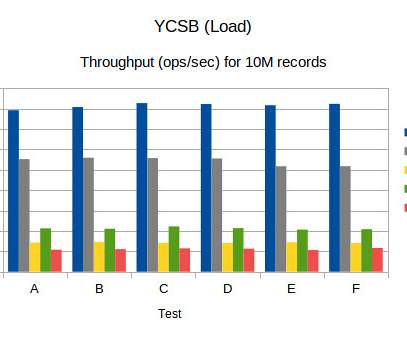





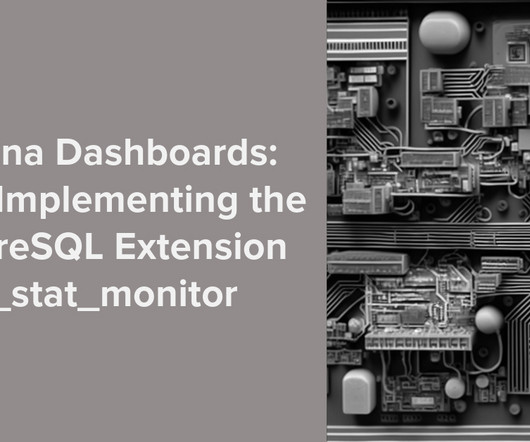




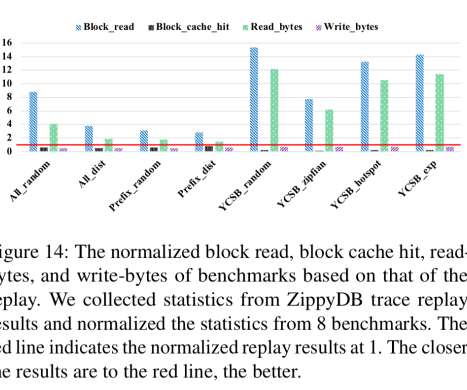









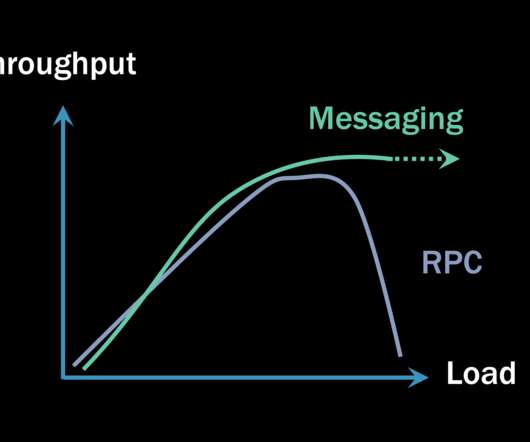





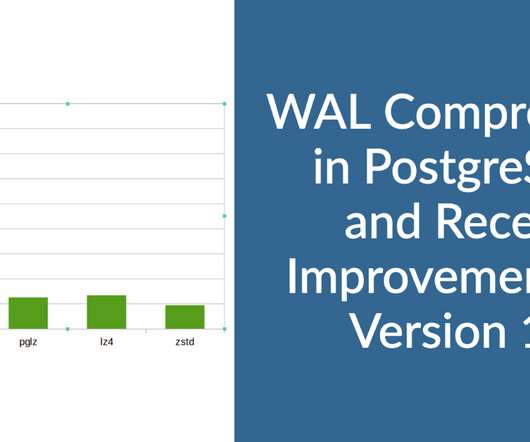

















Let's personalize your content